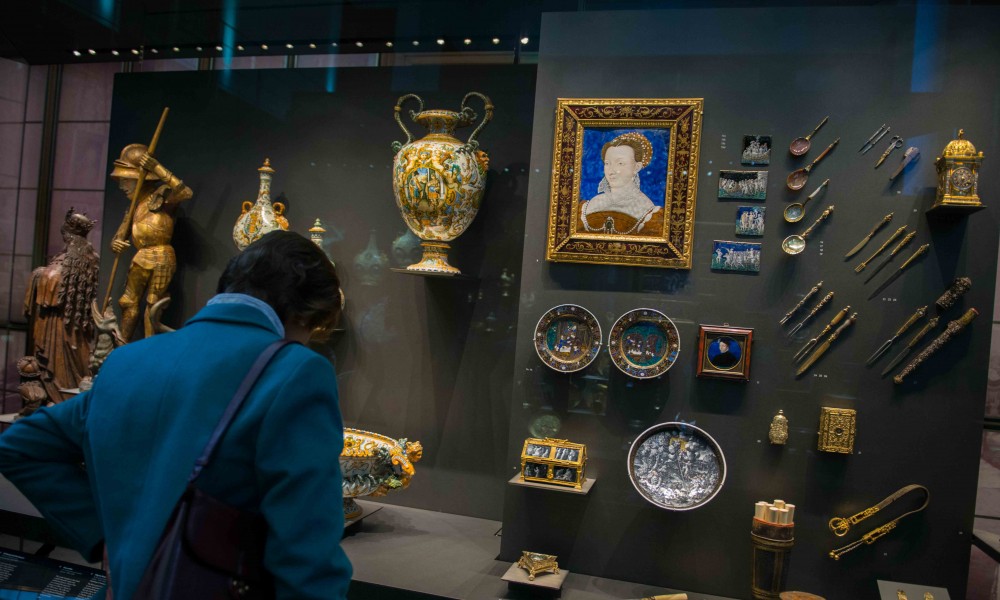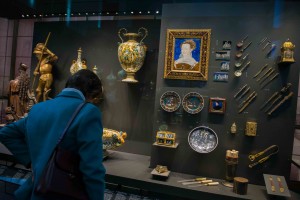A Rothschild Renaissance: Treasures from Waddesdon Bequest at the British Museum

Smartphones, jeans, pens, coffee mugs: when future generations find the things that make up our contemporary living they’ll imagine stories of the utility and meanings they might have had. A collector’s fascination with objects and historic curiosity  is what led Baron Ferdinand de Rothschild (1839-1898), along with his father, Baron Anselm von Rothschild (1803-1874), to put together the Waddesdon Bequest, only these are luxury objects – the preserve of the very privileged. A Rothschild Renaissance exhibition at the British Museum displays the collection in all its splendour.
is what led Baron Ferdinand de Rothschild (1839-1898), along with his father, Baron Anselm von Rothschild (1803-1874), to put together the Waddesdon Bequest, only these are luxury objects – the preserve of the very privileged. A Rothschild Renaissance exhibition at the British Museum displays the collection in all its splendour.
The bequest was originally held at Waddesdon Manor, their country house in Buckinghamshire. Following Baron Ferdinand’s death in 1898, it was donated to the British Museum as part of its permanent collection. From now on, however, it will be displayed in a new space: a former reading room redesigned by the architects at Stanton Williams, aiming to evoke the same Kunstkammer (cabinets of wonders of the Renaissance era) that in the 19th century inspired Baron Ferdinand to create his own.
The Holy Thorn Reliquary, the most astounding piece of the collection, welcomes the visitor right after stepping in. The relic consists of a single thorn, supposedly from the crown worn by Christ during the crucifixion, decorated around with gold, pearls, rubies and sapphires. The rest of the collection includes various artefacts, from cutlery, crystal vases, book clasps and perfume flasks, to daggers, swords, helmets and guns. It also includes a 17th century gold circumcision knife, a toothpick decorated with gems, lockets with miniature portraits, and eccentricities made of ostrich eggs, nuts and exotic shells.
Projections of the room at Waddesdon Manor where the collection was once held render the space with a phantasmagorical confluence of past and present. Short films displayed on tablet screens reveal a closer look at the artefacts, allowing an appreciation of the detail and virtuosity with which they were made. Furthermore, this allows for the possibility of establishing a physical relationship with them, imagining the feeling of their temperature, texture and weight.
The work of Stanton Williams succeeds in proving the Waddesdon Bequest to be not only a display of aristocratic treasury, but more an invitation to understand these objects as part of a history. The British Museum, itself a collection of collections, shares with Baron Rothschild the spirit they invite their visitors to have – a passionate curiosity for erstwhile objects and their possible stories.
Alejandra Arrieta
Photos: Andrei Grosu
A Rothschild Renaissance: Treasures from Waddesdon Bequest is a permanent exhibition at the British Museum from 11th June 2015, for further information visit here.
























Facebook
Twitter
Instagram
YouTube
RSS